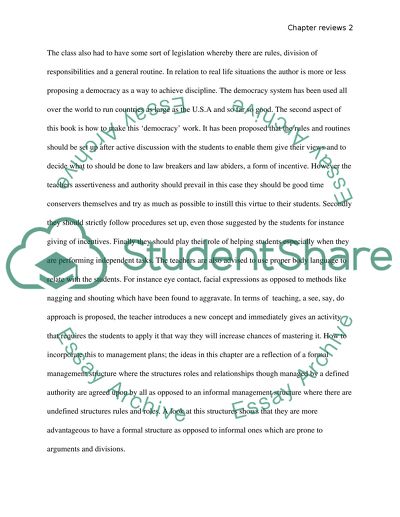Cite this document
(“C.M. Charles Chapter Reviews Book Report/Review”, n.d.)
C.M. Charles Chapter Reviews Book Report/Review. Retrieved from https://studentshare.org/education/1442651-chapter-reviews
C.M. Charles Chapter Reviews Book Report/Review. Retrieved from https://studentshare.org/education/1442651-chapter-reviews
(C.M. Charles Chapter Reviews Book Report/Review)
C.M. Charles Chapter Reviews Book Report/Review. https://studentshare.org/education/1442651-chapter-reviews.
C.M. Charles Chapter Reviews Book Report/Review. https://studentshare.org/education/1442651-chapter-reviews.
“C.M. Charles Chapter Reviews Book Report/Review”, n.d. https://studentshare.org/education/1442651-chapter-reviews.


